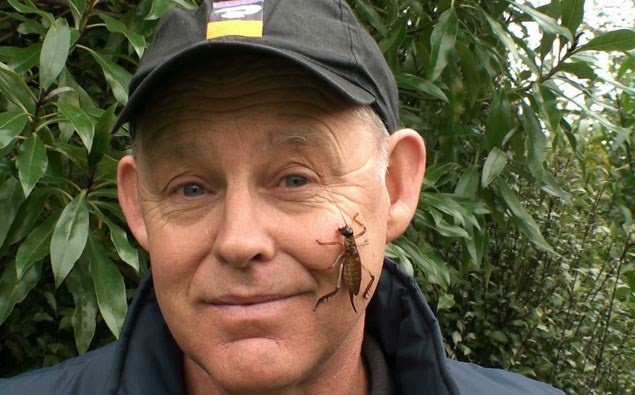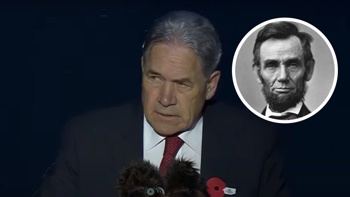Since we started summer (solstice on the longest day of 21st of December, last year) we’ve basically “turned the corner”.
The “longest day” was not really the longest day here in Christchurch (but a few days later), but the point is that from now on our days are getting shorter – very slowly. Once we get to mid-to-late February the shortening will speed up and reach its fastest downhill trend of the year…
This website shows that in nice little, interactive graphs – I love that stuff!
Why bring this topic up on this radio segment?
Well…nature responds quite rapidly and accurately to these changes in daylight length and especially gardeners see the effects every year.
Plants are pretty good at “working” with their day-length conditions:
In spring, when days get longer and soil warms up (the sun gets higher in the sky too, warming up the soil more efficiently due to the higher angle of solar radiation) most plants “wake up” from winter.
Roughly: plants start to notice that around late August, early September
Growth commences and new leaves are formed…followed by flower buds.
Later in Sept and in October a lot of flowers appear (synchronised with the arrival of pollinators, bumblebees, native bees, flies, beetles, moths etc).
It’s the time for pollination and spectacular flowers everywhere
This continues till solstice.
Then it’s the time for consolidating the fertilised flower’s journey into seed-setting. Generally speaking, late summer and autumn are the periods of the year when plant stop forming flower buds and concentrate on producing seed and fruit and nuts and helicopter-winged botanical toys.
The thistles on the paddocks outside out house produce huge numbers of fluffy flying seeds; the barley grass produces the barley-like “ears” that stick into your socks … and skin
This answers a lot of questions about plants not growing well or not making flowers or setting seeds and fruits; there is a time for these productive cycles and once you’re past that there is little you can do to make the plant grow flowers… generally speaking.
Ha! What about artificially lengthening the day-light to trick plants to believe it’s spring?
That’s exactly what flower growers do in glass houses and tunnel houses.
Controlled climate and controlled lighting systems
Take your Radio, Podcasts and Music with you










